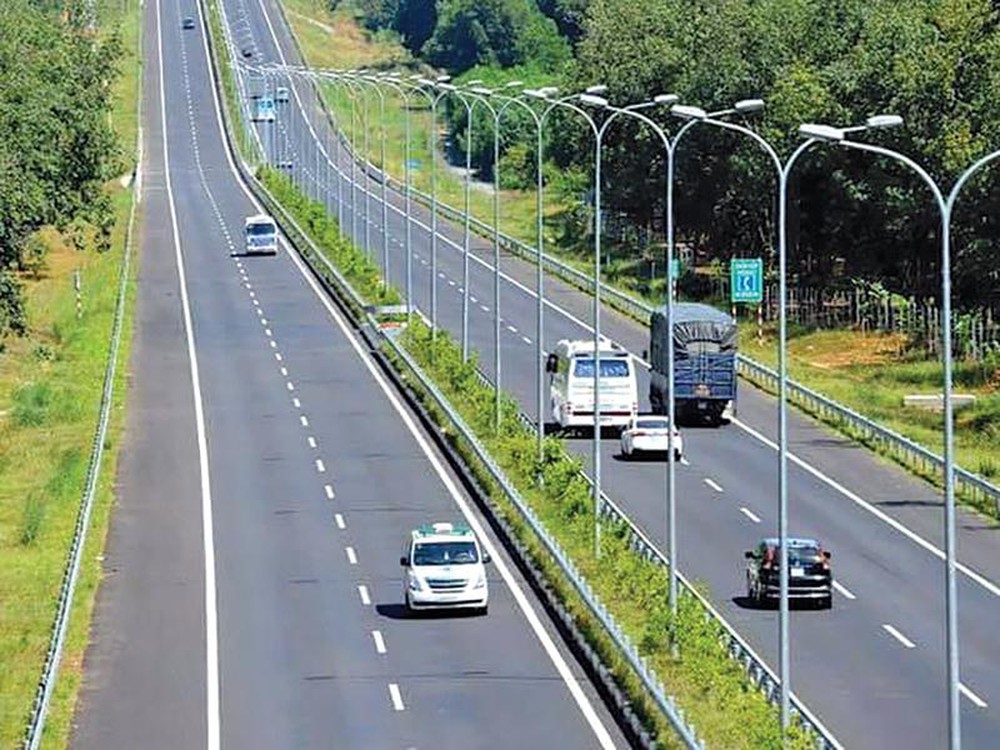
Prime Minister Nguyen Xuan Phuc told last week’s meeting between the government and localities that in 2020, the government will boost construction of many major infrastructure projects such as the North-South Expressway, the Long Thanh International Airport, many highways nationwide, and facilities in the power, water, traffic, and urban development sectors.
“Private investors will be permitted to participate in these projects. This is aimed at boosting economic growth and facilitating the attraction of more investment,” he said.
According to the Infrastructure Group of the Vietnam Business Forum (VBF), the government’s fresh message is important given Vietnam is growing and urbanizing swiftly. In order to continue along this trajectory, it needs massive amounts of new infrastructure.
“Vietnam’s public finances are not in a position to supply the capital for such massive new infrastructure development. In order for such infrastructure to be developed on a sustainable basis over the next years and decades, private capital will be needed,” the VBF said in a statement. “Private capital will only be provided if the conditions are appropriate.”
Infrastructure in Vietnam refers to many sectors, like telecommunications, power, transport, water and sanitation, rural and urban roads, railways, bridges, and seaports.
Amanda Rasmussen, chairwoman of the American Chamber of Commerce in Ho Chi Minh City, said that infrastructure is “vital to securing Vietnam’s growth, and infrastructure investment is critically needed to drive productivity gains.”
According to Rasmussen, in 2018, 76 per cent of all foreign direct investment into Vietnam went into manufacturing, real estate, and retail.
“While those are certainly important growth areas, we want to also see foreign investment going into building key infrastructure here. According to the Global Infrastructure Outlook, Vietnam will need over $600 billion to reach its infrastructure goals by 2040,” said Rasmussen, who is also chief operating officer of ITL Corporation, one of the largest logistics and supply chain companies in Vietnam. “The government does not have that amount of money and there are trillions of US dollars of global capital looking for stable long-term investments. Connecting that capital to investments in Vietnam’s infrastructure will speed the flow of goods and people, adding to productivity and reliability, directly resulting in jobs and revenue for the state.”
Nobufumi Miura, chairman of the Japanese Chamber of Commerce and Industry, also stated that many Japanese investors are interested in implementing infrastructure projects in Vietnam. However, they would need a clear public-private partnership (PPP) framework for them to deploy these projects.
“Since public debt is reaching its limitation, Vietnam needs to promote private investment on infrastructure projects. However, investors are exposed to significantly high risk in the current PPP scheme,” Miura said. “In order to encourage foreign enterprises’ participation in PPP projects, it is vital that the government clarifies the risk allocation between the government and the private body and provides comprehensive support to ensure a reasonable return from their investment.”
Miura went on, “We would like to request the adoption of a foreign currency exchange guarantee system and the application of foreign law as a governing law. We believe the acceleration of PPP will boost economic development in Vietnam.”
Demand for infrastructure investment has increased dramatically in response to Vietnam’s rapid industrialization and urbanization.
The Ministry of Transport has estimated that the total funding requirements for Vietnam’s transportation infrastructure was roughly $48 billion for 2016-2020. But this includes projects such as the North-South Expressway, Long Thanh International Airport, and the North-South High-Speed Railway that have been long delayed and will not be completed during this period.
According to the National Power Development Plan VII (NPDP), total investment in the energy sector for the 2016-2030 period was estimated at approximately $148 billion. The number is likely to increase in the NPDP VIII.
The Asian Development Bank estimated that Vietnam would need at least $16.7 billion per year on average for the 2015-2025 period to finance its infrastructure development needs. The World Bank forecast up to $25 billion a year, much higher than the average level in 2011-2015.
According to the World Economic Forum’s 2018 Global Competitiveness Report, Vietnam’s infrastructure ranking of 140 economies studied improved from 93rd position in 2008 to 75th in 2018. Vietnam’s road infrastructure scored poorly, but water and electricity ranked well relative to more developed countries such as Thailand.
Vietnam spends a lot on infrastructure relative to GDP, at about 5 per cent in 2015, the second-highest in the ASEAN after Indonesia. However, infrastructure spending per capita is only $107, just higher than Cambodia and the Philippines.
Rapid industrialization in recent years and increasing urbanization means more work is required to fill the financial gaps.

















